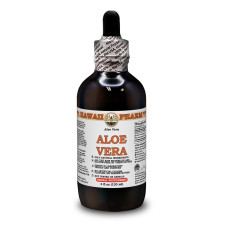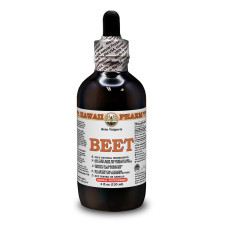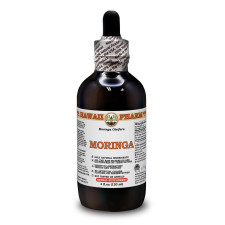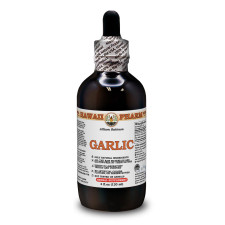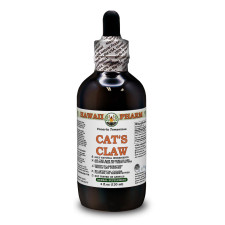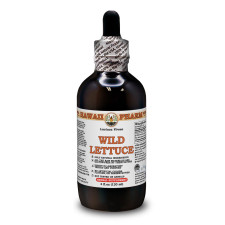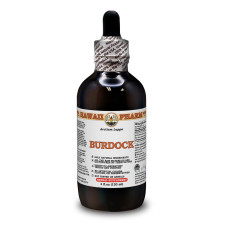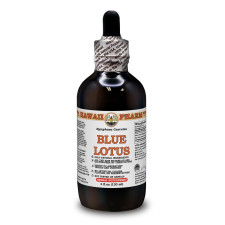- Home
- Alcohol Herbal Extracts
- Alcohol-FREE Herbal Extracts
- Veterinary Herbal Extracts
- Partnership
Partnership
We are open for cooperation with all interested persons or organizations. We have plenty of partners from all around the world and are looking for a long-term cooperation with new ones. At the present time we offer the following cooperation models:

WHOLESALER
We offer up to 30% discounts for wholesalers. The exact discount amount is dependent on your order amount, quantity and size of items. Minimum order amount is $300.

PRACTITIONER
Only for licensed practitioners! Create an account as practitioner and get special exclusive promotions. This kind of account is required manual approve.

AFFILIATE PROGRAM
Do you recommend us to your friends, family, colleagues and/or clients? If so: Thanks! We really appreciate it! Join our affiliate program. It’s by far the best way to monetize your Twitter or Facebook page, blog, or website.
- Blog
- Contact Us
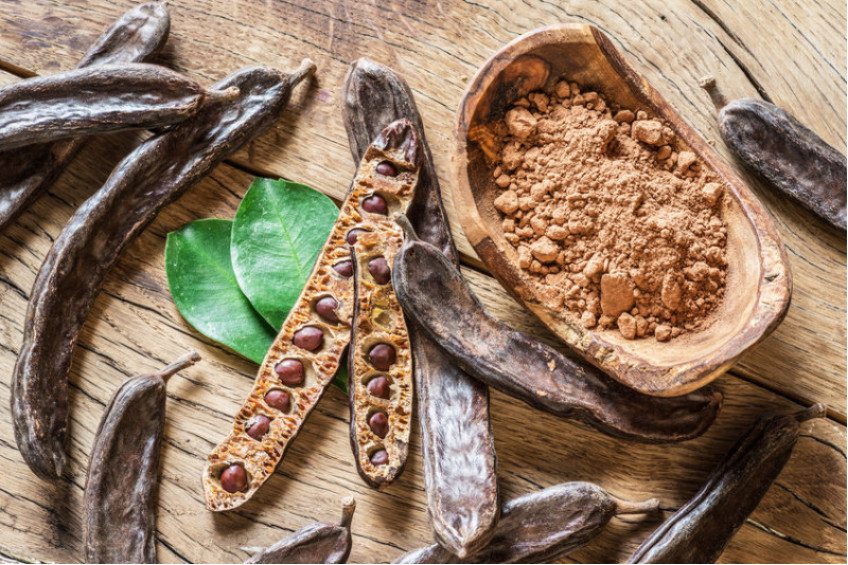
BEST THINGS CAROB TREE CAN GIVE YOU
COMMON NAME: Carob
LATIN NAME: Ceratonia Siliqua
ORIGIN: South Eastern Europe
HABITAT: The Carob tree grows and is cultivated in the Mediterranean countries (in Spain, Portugal, Italy, Cyprus, Malta, Turkey, etc.), subtropical areas, in India, Argentina and Brazil, it is found in northern Africa (in Egypt), in the Middle East (in Palestine, Israel, Syria) and in some countries of Central America.
BOTANICAL INFORMATION: Carob tree (lat. Ceratonia Siliqua) is a plant of the Fabaceae family, a species of the Ceratonia genus. The genus Ceratonia is oligotype and includes only two types: Ceratonia siliqua L. and the least known Ceratonia oreothauma Hillc.
Ceratonia Siliqua is an evergreen tree of medium height (from 6 to 12 m) with a wide crown. The leaves are leathery, pinnate, dense. The flowers are small, collected in the raceme. Calyx flower is modest and fall quite quickly. The plant has no rim. Brown fruits grow from female flowers, the length of which is 10-25 cm, width 2-4 cm, thickness 0.5-1 cm. There is a sweet juicy flesh and hard seeds inside the fruit. The tree grows on dry stony soil, blowing strong roots into crevices and cracks. The fruiting period can last for about 100 years.
CHEMICAL COMPOSITION: The fruits of Carob contain up to 56% of sugars, mainly glucose, sucrose, maltose, fructose, hemicellulose and cellulose, as well as up to 8% of amino acids, including essential, traces of fat (0.5%), vitamins: A, B1, B2, B4 , B5, B6, C, E, PP, as well as valuable minerals - calcium, potassium, copper, sodium, zinc, magnesium, manganese, iron, phosphorus.
CONTRAINDICATIONS:
Ceratonia Siliqua bean, as well as products made from them (carob, syrup, etc.) are contraindicated for people with individual intolerance to the components.
Products containing the fruit of the carob tree should be taken with caution, especially during pregnancy and breast-feeding period.
HISTORY:
- Since the time of the ancient Roman empire, seeds of the fruit of the carob tree were used as an accurate measure of the weights: the seeds had an amazing property of having the same weight (approximately 0.19 grams). Due to this feature, jewelers of those years used them for weighing precious stones and metals. The Greek name “keration” - “tree horn” gave birth to the word “carat”, which is used in our days.
- On the island of Cyprus, there is a carob museum. There you can get acquainted with the traditions of processing the carob fruit and see with your own eyes how the famous syrup, chocolate, drinks and sweets were made by Cypriot masters.
- Pests never appear in the root system, in the bark, in the crown or fruit. For some reason, sweet pods scare off parasites, therefore in Mediterranean culture the carob tree is revered as sacred.
- Evergreen wood is so hard wood that it is extremely difficult to be processed. From this material masters make expensive souvenirs.
- Each year, about 200 kg of beans are harvested from a single tree.
- From time immemorial, honey and wine were made from sweet beans, they learned how to produce glue from seeds, and the bark was used for tanning hides.
*Be sure to follow relevant directions on product labels and consult your pharmacist or physician or other healthcare professional before using.
Get exclusive deals you will not find anywhere else straight to your inbox!
Subscribe / UnsubscribeCookies policy
 We use cookies and similar technologies that are necessary to operate the website.
You can consent to our use of cookies by clicking "Accept..."
We use cookies and similar technologies that are necessary to operate the website.
You can consent to our use of cookies by clicking "Accept..."
Get exclusive deals you will not find anywhere else straight to your inbox!
Subscribe / UnsubscribeWe meticulously produce our extracts according to precise standards where each herb is extracted according to the distinct characteristic of each plant! Hawaii Pharm LLC offers the biggest choice of liquid herbal extracts in the World!

Hawaii Pharm LLC - Nature Heals. Highest Quality Herbal Products Since 2008.



